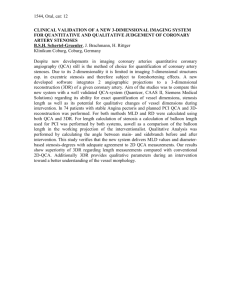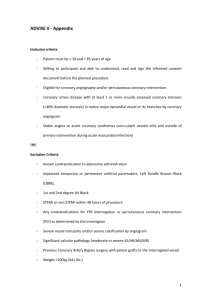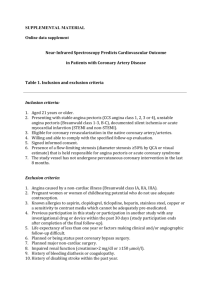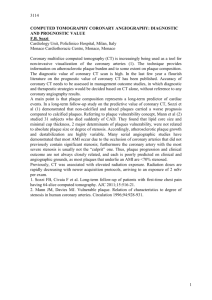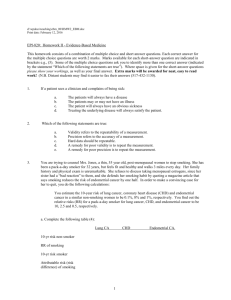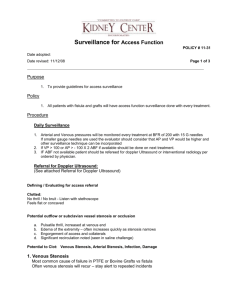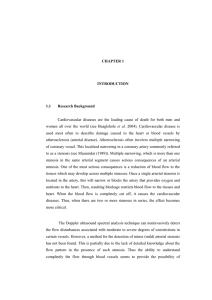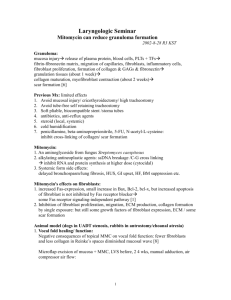quantification of coronary artery stenoses by a
advertisement
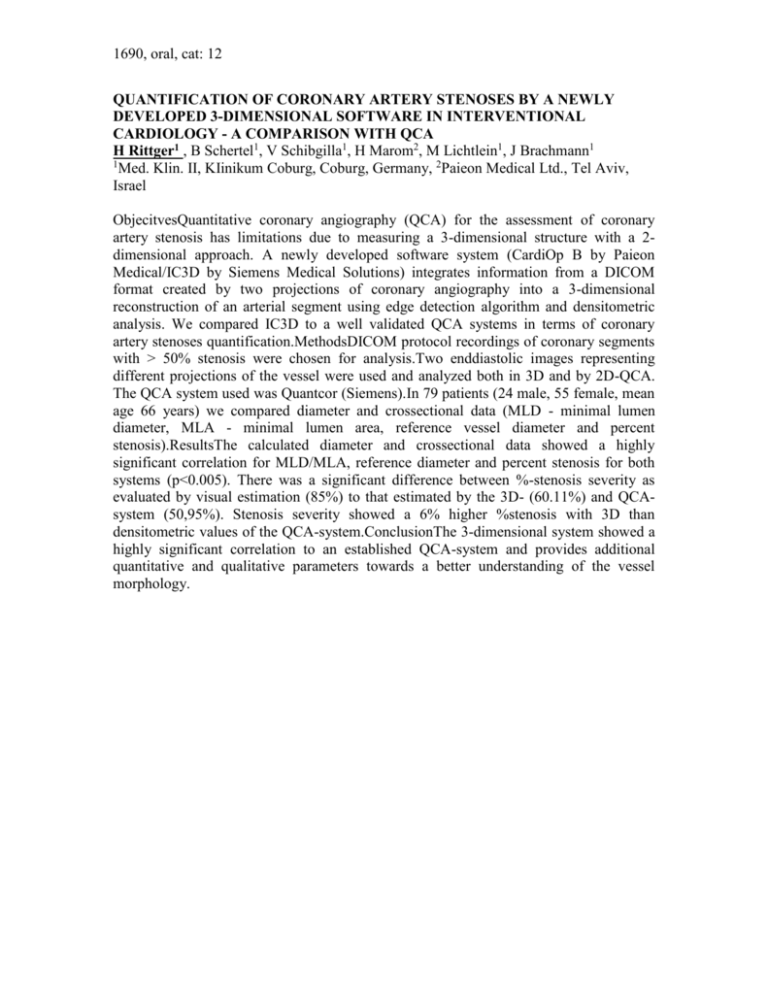
1690, oral, cat: 12 QUANTIFICATION OF CORONARY ARTERY STENOSES BY A NEWLY DEVELOPED 3-DIMENSIONAL SOFTWARE IN INTERVENTIONAL CARDIOLOGY - A COMPARISON WITH QCA H Rittger1 , B Schertel1, V Schibgilla1, H Marom2, M Lichtlein1, J Brachmann1 1 Med. Klin. II, KIinikum Coburg, Coburg, Germany, 2Paieon Medical Ltd., Tel Aviv, Israel ObjecitvesQuantitative coronary angiography (QCA) for the assessment of coronary artery stenosis has limitations due to measuring a 3-dimensional structure with a 2dimensional approach. A newly developed software system (CardiOp B by Paieon Medical/IC3D by Siemens Medical Solutions) integrates information from a DICOM format created by two projections of coronary angiography into a 3-dimensional reconstruction of an arterial segment using edge detection algorithm and densitometric analysis. We compared IC3D to a well validated QCA systems in terms of coronary artery stenoses quantification.MethodsDICOM protocol recordings of coronary segments with > 50% stenosis were chosen for analysis.Two enddiastolic images representing different projections of the vessel were used and analyzed both in 3D and by 2D-QCA. The QCA system used was Quantcor (Siemens).In 79 patients (24 male, 55 female, mean age 66 years) we compared diameter and crossectional data (MLD - minimal lumen diameter, MLA - minimal lumen area, reference vessel diameter and percent stenosis).ResultsThe calculated diameter and crossectional data showed a highly significant correlation for MLD/MLA, reference diameter and percent stenosis for both systems (p<0.005). There was a significant difference between %-stenosis severity as evaluated by visual estimation (85%) to that estimated by the 3D- (60.11%) and QCAsystem (50,95%). Stenosis severity showed a 6% higher %stenosis with 3D than densitometric values of the QCA-system.ConclusionThe 3-dimensional system showed a highly significant correlation to an established QCA-system and provides additional quantitative and qualitative parameters towards a better understanding of the vessel morphology.
